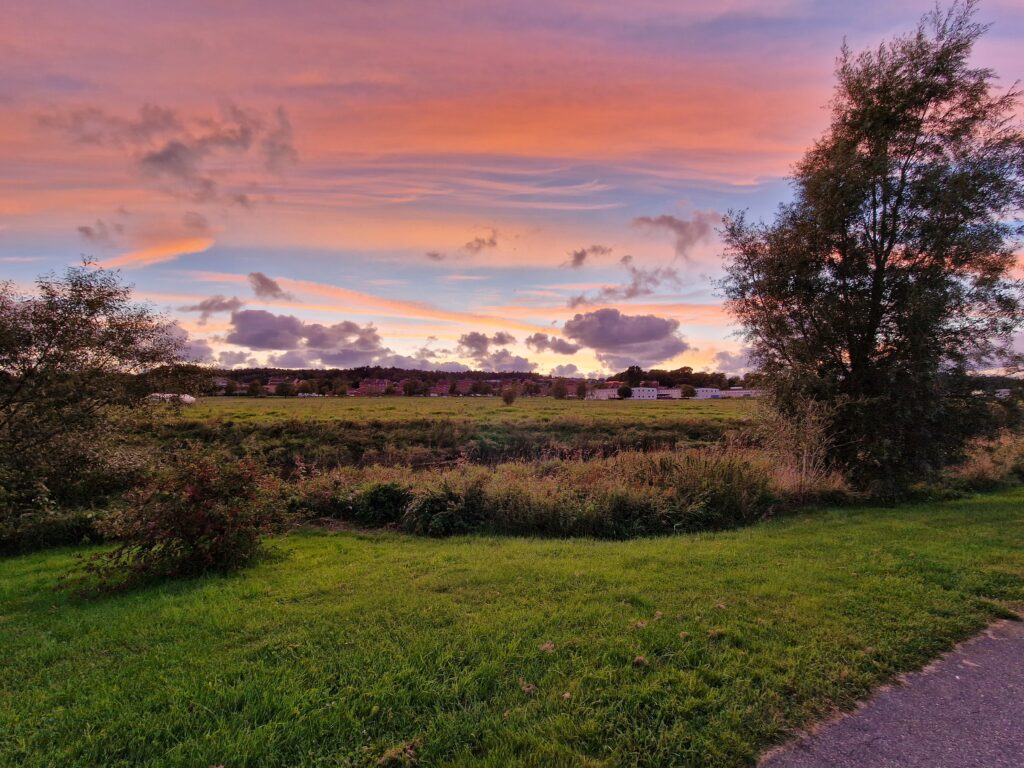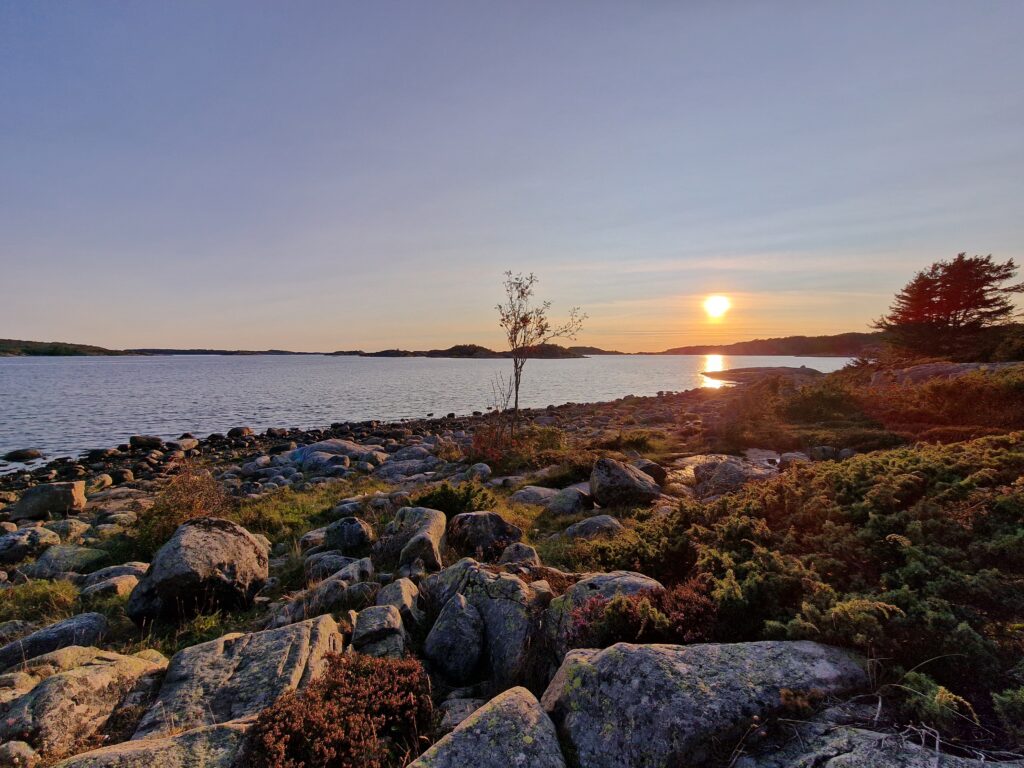
We Goth It All Wrong!
If the warnings we’d received were anything to go by, Gothenburg was going to be Sweden’s dark underbelly—a city where danger lurked behind every corner. We braced ourselves for chaos—Scandi-style, of course, so perhaps some overly competitive knitting circles, rogue moose with a vendetta, or cafés occasionally running out of oat milk. Armed with these vague forewarnings and a healthy dose of Welsh scepticism, we arrived in the city prepared for anything short of hand-to-hand combat with a Swede. What we found was… not at all what we’d been led to expect. Far from a den of iniquity, Gothenburg turned out to be a city so pleasant it felt like we’d turned up on entirely the wrong planet. It’s a bustling port city, absolutely, but with none of the industrial grit or menacing undertones you might anticipate. Instead, we were greeted by grand boulevards, charming canals, and a general air of cheerfulness.
Skansen Kronan is a fortress perched atop a hill so steep it seems purpose-built to weed out the faint of heart—or at least the faint of cardio. The climb up is one of those experiences that feels noble at the start and increasingly ill-advised the higher you go. About halfway up, I was fairly certain the hill had grown taller since we’d started and by three-quarters, I was looking for the nearest defibrillator. Finally, panting like a broken accordion, we reached the top, where the view, I will admit, was worth every wheeze. Gothenburg unfolded below us in a picturesque sprawl of red roofs and shimmering canals with the surrounding archipelago glittering in the midday sun.
Our next stop was Haga Nygata, a pedestrianised zone that felt like it had been plucked straight from a hipster’s fever dream. Lined with quirky shops, vintage boutiques, and enough cafés to caffeinate a small nation, it’s the sort of place where it’s impossible to walk five steps without being tempted to buy an artisanal ukelele or a locally sourced jam. From there, we ambled over to Feskekôrka, the city’s iconic fish market, which translates charmingly to “Fish Church.” Built in the late 19th century, the exterior of the market certainly looks like a place where cod might go to seek divine intervention. Inside, it’s a bustling haven of seafood, where you can find everything from fresh oysters to fish that probably had plans for the afternoon.
Finally, we stopped at the Garden Society, or Trädgårdsföreningen, a green oasis in the heart of the city. It’s all manicured flowerbeds, sprawling lawns, and tropical palm houses that wouldn’t look out of place in Plantasia, Swansea. We wandered through the rose garden, squinting thoughtfully at the labels and nodding like we knew the difference between a hybrid tea rose and whatever else was growing there. I don’t think anyone was fooled. By the time evening rolled around, Gothenburg was bathed in one of its pink signature skies leaving us utterly bamboozled as to the dismal reputation that precedes it.
The following morning, we waved goodbye to metropolitan life and headed north, tracing the rugged coastline towards the Norwegian border. Our next stop was Lökholmen, an idyllic fishing village scattered with aged wise folk in cable-knit sweaters and Falu red wooden houses that cling improbably to the rocky shore. It was fantastically charming, the kind of setting that makes you want to sell all of your wares, buy a modest rowing boat, and start living off lingonberries. Lowri, never one to shy away from a challenge, decided it was the perfect opportunity for a dip in the North Sea. Now, for anyone unfamiliar with the North Sea, it’s worth noting that it’s not so much a body of water as it is a liquid ice bath designed to punish the overly confident. She marched in with the determination of a Norse goddess, while I stayed firmly on the shore, cheering her on while quietly thanking my own cowardice. She emerged triumphant, albeit slightly blue, declaring it “bracing,” which is code for “I think my soul briefly left my body.”
As the day wound down, Lökholmen turned into a watercolour painting—golden light washing over the pastel houses and the sea shimmering under a setting sun. We perched on the rocks, sipping beer out of plastic cups—because nothing says “sophisticated travel” like lukewarm lagers in disposable drinkware—and feeling ridiculously fortunate about our choice of location. Norway loomed on the horizon, promising fjords, mountains, and—undoubtedly—more opportunities to sip below sunsets. Given the great distance that lay before us, it felt a little like the calm before the storm—or, more accurately, the calm before working out how on earth we were going to afford to live in the country for the next three weeks. Let’s find out.
J
















